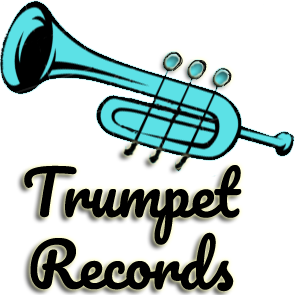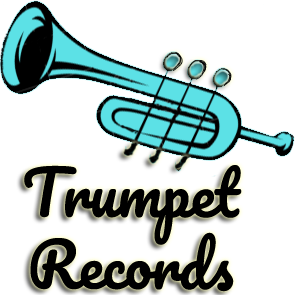Edward Elgar’s Salut d'Amour, originally composed for violin and piano in 1888, is one of the most cherished romantic compositions in classical music. This tender piece, meaning "Love’s Greeting," resonates with heartfelt emotion and lyrical beauty. While its original version has captivated audiences for over a century, arrangements for other instruments—like the trumpet and piano—have introduced fresh dimensions to this timeless classic.
A Brief History of Salut d'Amour
Elgar composed Salut d'Amour as a love token for his then-fiancée, Caroline Alice Roberts, whom he later married. The piece encapsulates the intimacy and sincerity of their relationship, making it a staple at weddings and romantic occasions. First published as Liebesgruss (Love’s Greeting) in Germany, it gained widespread popularity, establishing Elgar as a composer of note.
Originally scored for violin and piano, Salut d'Amour has been arranged for numerous ensembles, from string orchestras to solo instruments accompanied by piano. Each version maintains the piece's lyrical essence while offering new interpretive opportunities.
The Appeal of the Trumpet and Piano Arrangement
1. A Unique Timbre
The trumpet's bright and resonant tone transforms the character of Salut d'Amour. Where the violin exudes a tender sweetness, the trumpet introduces a noble and expressive quality. This arrangement strikes a balance between passion and refinement, making it ideal for both intimate recitals and larger concert halls.
2. Technical and Expressive Challenges
Arranging Salut d'Amour for trumpet and piano presents unique opportunities for musicians:
- Trumpet players must master lyrical phrasing and dynamic control to convey the piece's romantic sentiment. The challenge lies in achieving a smooth legato and capturing the nuanced shifts in mood.
- Pianists complement the trumpet's melody with Elgar’s lush harmonies, offering a supportive and expressive foundation.
3. A Modern Twist on a Classic
This arrangement allows contemporary performers to reimagine a beloved classic, appealing to modern audiences who appreciate the trumpet's bold yet emotive voice. It showcases the versatility of Elgar’s music, proving its timeless appeal across various instrumental settings.
Performing Salut d'Amour with Trumpet and Piano
When interpreting Salut d'Amour in this arrangement, performers should aim to:
- Emphasize Romantic Expression: The piece thrives on its emotional depth. Trumpet players should prioritize phrasing and tone to evoke tenderness and passion.
- Balance Dynamics: The trumpet and piano must communicate effectively, ensuring the melody doesn’t overshadow the harmonic accompaniment.
- Honor Elgar’s Style: Attention to rubato and phrasing is crucial to maintaining the piece’s Romantic-era character.
Why Choose the Trumpet and Piano Arrangement?
This version of Salut d'Amour is perfect for:
- Recital Programs: Its compact length and melodic charm make it a favorite encore piece.
- Weddings and Ceremonies: The romantic origins and lush harmonies of Salut d'Amour lend themselves beautifully to special occasions.
- Educational Purposes: For trumpet students, this arrangement offers an excellent exercise in lyrical playing and dynamic sensitivity.
Elgar’s Salut d'Amour arranged for trumpet and piano breathes new life into a timeless masterpiece. Its blend of lyrical elegance and the trumpet’s expressive power makes it a captivating choice for performers and audiences alike. Whether you’re a musician seeking a fresh repertoire piece or a classical enthusiast exploring new interpretations, this arrangement offers an inspiring journey through Elgar’s world of love and music.
Keywords: Elgar Salut d'Amour trumpet and piano, classical music arrangements, trumpet recital pieces, romantic classical music, Edward Elgar, Salut d'Amour analysis



